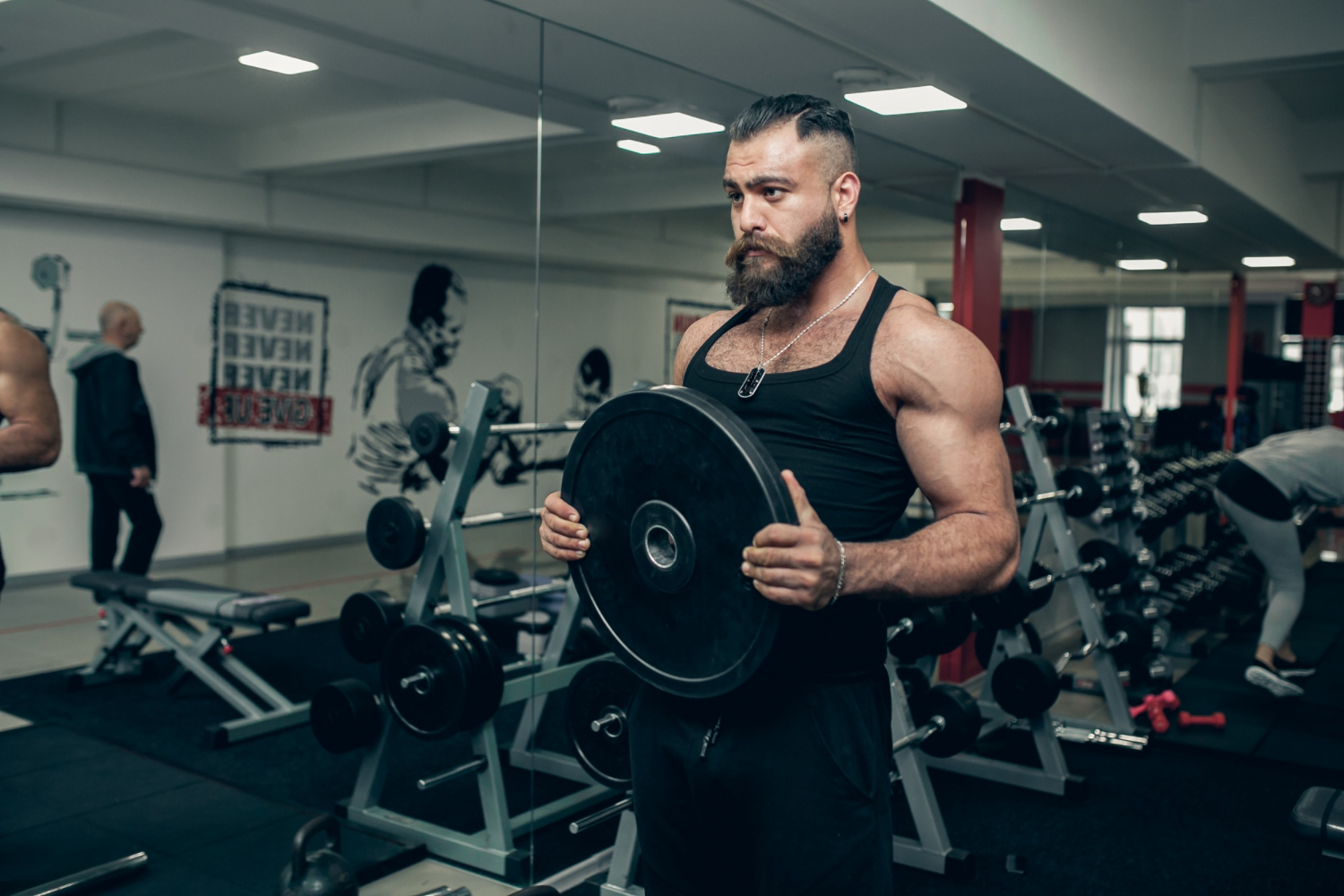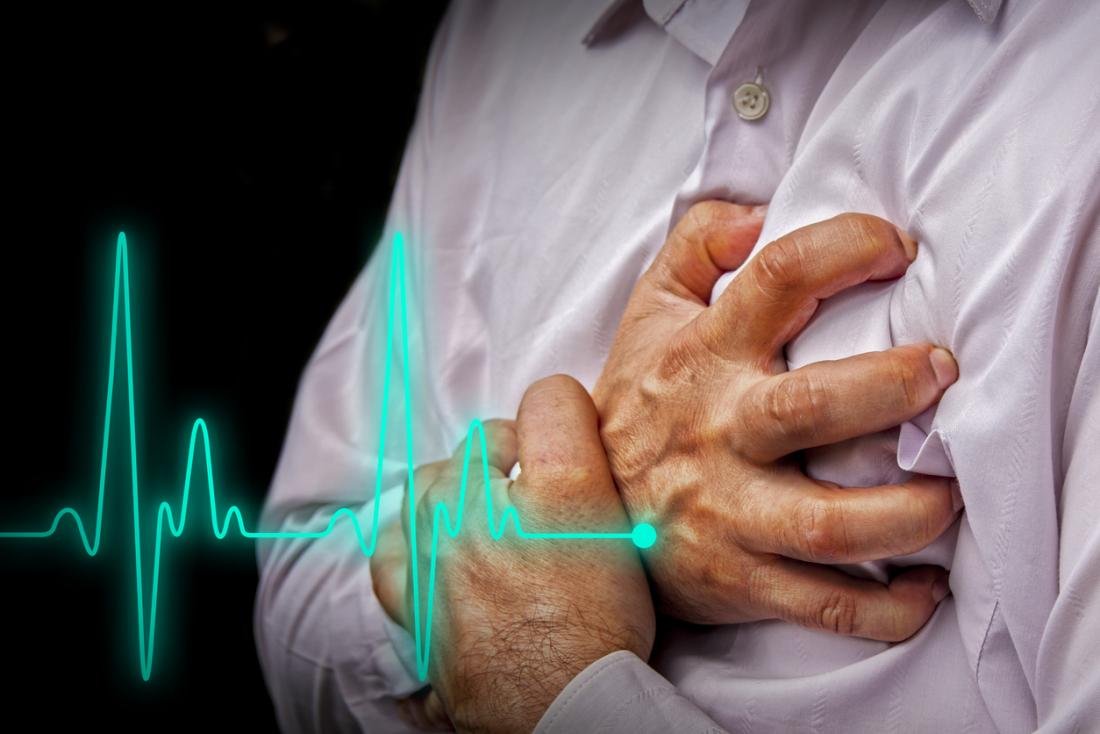Do you often feel tired, lacking energy, and unable to perform at your best? You’re not alone. Many men experience a decline in vitality as they age, which can be attributed to decreasing testosterone levels. But fear not, as there is a solution—testosterone replacement therapy (TRT).
In this article, we delve into the world of TRT and explore its potential to revitalize energy levels, enhance muscle growth, and improve overall well-being. We’ll discuss the various forms of TRT available, their benefits, and the potential risks associated with this treatment.
What Is Testosterone Replacement Therapy (TRT)?
Testosterone replacement therapy, commonly referred to as TRT, is a medical treatment aimed at restoring optimal testosterone levels in individuals with lower-than-normal levels. Testosterone is a crucial hormone responsible for a range of functions in the male body, including muscle growth, bone density, red blood cell production, and sexual health.
Signs And Symptoms Of Low Testosterone
Low testosterone levels can manifest through various signs and symptoms, affecting physical and mental well-being. Some common signs of low testosterone include:
- Fatigue and lack of energy
- Decreased muscle mass and strength
- Increased body fat, especially around the abdomen
- Reduced libido and sexual performance
- Mood swings and irritability
- Difficulty concentrating
- Decreased bone density
If you experience these symptoms, it is essential to consult with a healthcare professional who can assess your testosterone levels and determine if TRT is a suitable option for you.
Benefits Of Testosterone Replacement Therapy
Testosterone replacement therapy offers a range of potential benefits for men with low testosterone levels. TRT can positively impact various aspects of your life by restoring optimal hormone levels. Let’s explore some of the key benefits:
Increased Energy And Vitality
One of the most noticeable effects of TRT is a significant increase in energy levels and vitality. Many men report feeling more energetic, motivated, and able to engage in physical activities they once enjoyed. With higher testosterone levels, you’ll experience a renewed sense of vigor and zest for life.
Improved Muscle Growth And Strength
Testosterone plays a crucial role in muscle growth and maintenance. Low testosterone levels make it harder to build and maintain muscle mass. TRT can help reverse this decline, allowing you to regain strength and enhance muscle growth. With regular exercise, TRT can help you achieve a more sculpted and muscular physique.
Enhanced Sexual Health
Testosterone is a crucial hormone involved in sexual function and libido. Low testosterone levels can lead to a decreased sex drive, erectile dysfunction, and other sexual health issues. TRT can help improve these aspects of your sexual health, restoring your confidence and intimacy with your partner.
Increased Cognitive Function
Testosterone plays a role in cognitive function, including memory, focus, and concentration. When testosterone levels are low, you may experience brain fog, difficulty concentrating, and reduced mental clarity. TRT has improved cognitive function, helping you stay sharp and focused throughout the day.
Improved Mood And Well-Being
Low testosterone levels can hurt mood, leading to irritability, mood swings, and even depression. TRT can help regulate mood and improve overall well-being, allowing you to experience a more positive outlook.
Risks And Side Effects Of Testosterone Replacement Therapy
While testosterone replacement therapy offers numerous benefits, it is essential to be aware of potential risks and side effects. Like any medical treatment, TRT has its own set of considerations. Let’s take a closer look:
Increased Risk Of Blood Clots
Testosterone replacement therapy has been associated with a slightly increased risk of blood clots, particularly in individuals who already have other risk factors. Discussing your medical history and existing conditions with your healthcare provider before starting TRT is essential.
Prostate Health Concerns
There has been some debate about the potential link between TRT and prostate health. While there is no conclusive evidence linking TRT to prostate cancer, it is crucial to monitor your prostate health regularly during TRT and consult with your healthcare provider if you experience any concerning symptoms.
Acne And Fluid Retention
Some men may experience acne breakouts or fluid retention as a side effect of TRT. These side effects are usually mild and can be managed with proper skin care and lifestyle adjustments.
Testicular Shrinkage
Long-term use of TRT may lead to testicular shrinkage due to the suppression of natural testosterone production. This can concern men who wish to maintain the ability to father children. However, it is essential to note that other methods can still preserve fertility.
Who Is A Candidate For Testosterone Replacement Therapy?
TRT is not suitable for everyone. It is typically recommended for men who have clinically low testosterone levels and are experiencing symptoms related to low testosterone. A healthcare professional will assess your hormone levels through blood tests and evaluate your overall health to determine if you are a suitable candidate for TRT.
How To Get Started With Testosterone Replacement Therapy
If you suspect that you may have low testosterone levels and are interested in exploring TRT, the first step is to consult with a healthcare provider who specializes in hormone therapy. They will conduct a comprehensive evaluation, including blood tests, to assess your hormone levels and determine the most appropriate treatment.
Different Types Of Testosterone Replacement Therapy
There are several forms of testosterone replacement therapy available, each with its advantages and considerations. The most common forms include:
Testosterone Injections
Testosterone injections are a popular form of TRT. They involve injecting testosterone into the muscle, usually on a weekly or biweekly basis. Injections provide a consistent and reliable delivery of testosterone, ensuring optimal hormone levels.
Testosterone Gels
Testosterone gels are applied topically and absorbed through the skin. They provide a convenient and easy-to-use method of TRT. However, it is essential to take precautions to avoid transferring the gel to others, especially women and children, as it can have unintended hormonal effects.
Testosterone Pellets
Testosterone pellets are small, solid pellets that are implanted under the skin, typically in the buttocks. These pellets slowly release testosterone over several months, eliminating the need for frequent injections or daily applications.
Testosterone Patches
Testosterone patches are applied to the skin and release testosterone over 24 hours. They offer a convenient and discreet method of TRT, allowing for consistent hormone levels throughout the day.
Monitoring And Managing Testosterone Levels During Therapy
Once you start TRT, it is crucial to regularly monitor and manage your testosterone levels to ensure optimal results and minimize potential risks. Your healthcare provider will schedule follow-up visits and conduct blood tests to assess your hormone levels and make necessary adjustments to your treatment plan.
Lifestyle Changes To Support Testosterone Levels
In addition to TRT, according to Preventus Concierge Medicine, lifestyle changes can help support healthy testosterone levels. These include:
- Regular exercise, particularly strength training and high-intensity interval training (HIIT)
- Maintaining a healthy weight and body composition
- Getting enough sleep and managing stress levels
- Eating a nutritious diet rich in proteins, healthy fats, and micronutrients
- Avoiding excessive alcohol consumption and smoking
By incorporating these lifestyle changes, you can optimize the effects of TRT and promote overall well-being.
Conclusion: Is Testosterone Replacement Therapy Right For You?
Testosterone replacement therapy (TRT) has the potential to revitalize energy levels, enhance muscle growth, and improve overall well-being. Suppose you are experiencing symptoms of low testosterone. In that case, it is essential to consult with a healthcare professional who can assess your hormone levels and determine if TRT is a suitable option.
Remember, TRT is not a one-size-fits-all solution, and it should be approached carefully and guided by a qualified healthcare provider. By understanding the benefits, risks, and various forms of TRT, you can make an informed decision about whether testosterone replacement therapy is the right path for your revitalization journey.
So, take charge of your vitality and unlock your full potential with testosterone replacement therapy. Reclaim the energy, strength, and confidence that you deserve.




